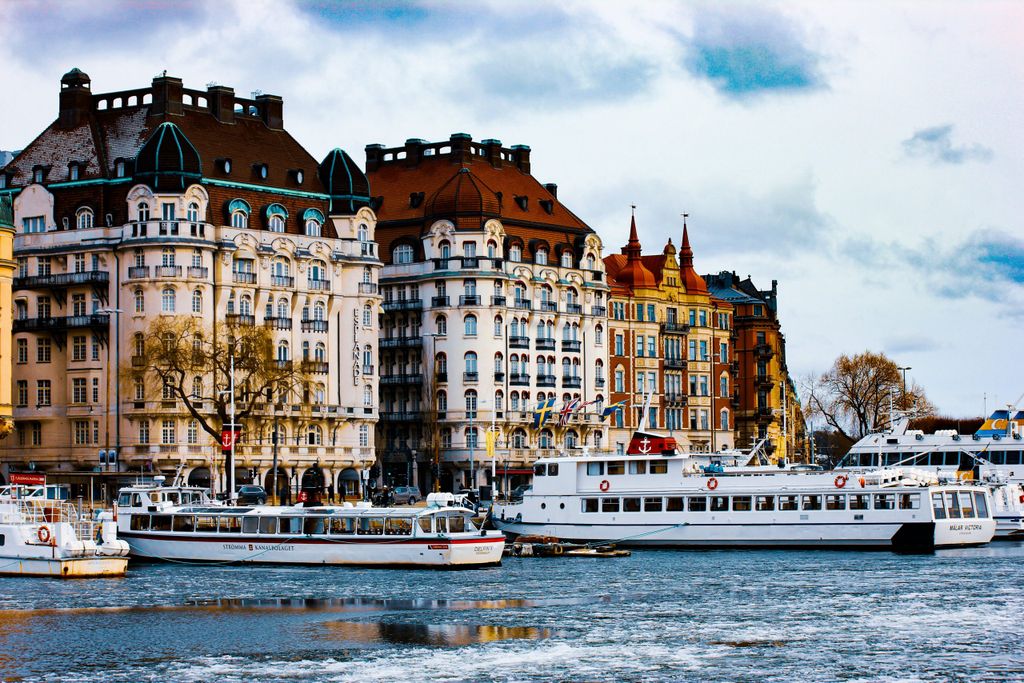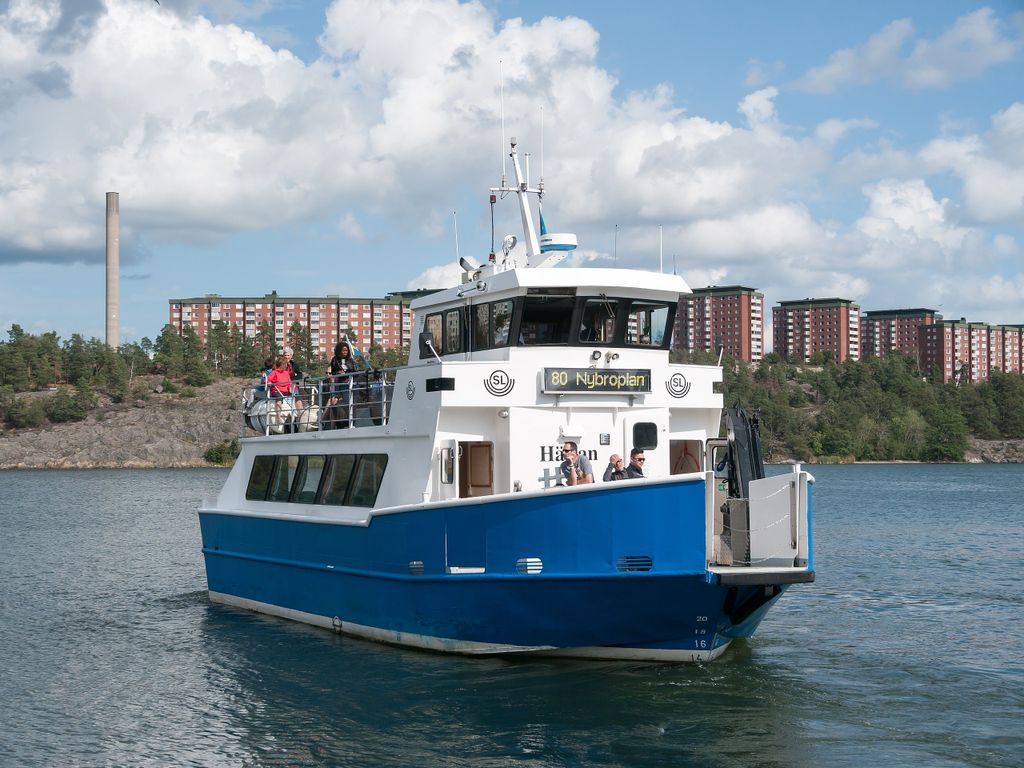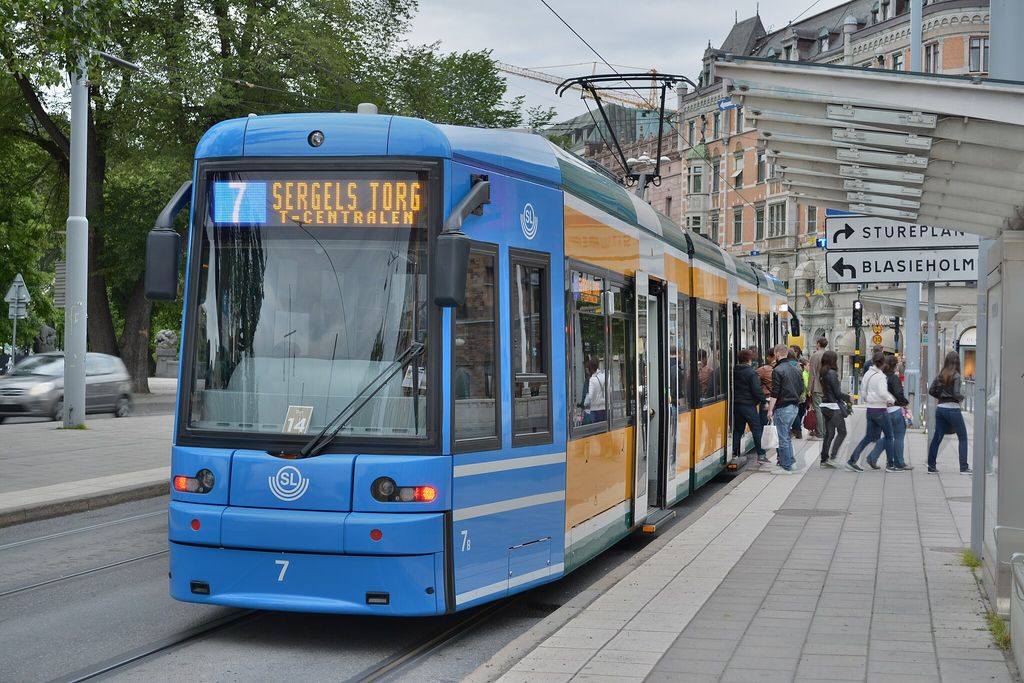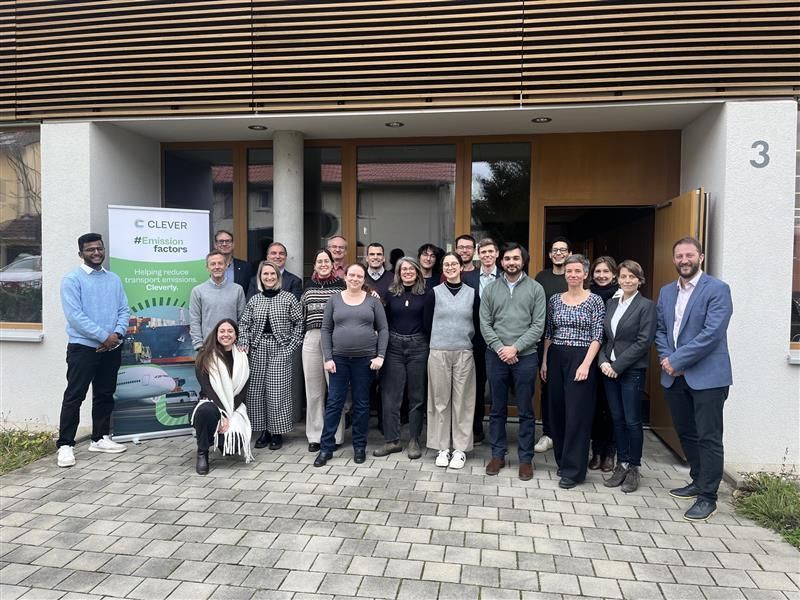
5 sustainable mobility measures set to make Stockholm a net zero city by 2030
Transforming urban mobility
Urban mobility has a key role to play in the sustainable transition. That’s especially the case when it comes to road traffic.
Road traffic accounts for around 75% of all EU transport emissions. And the ideal place to cut those emissions and encourage a modal shift away from private cars is in cities, where urban density and existing public transport networks are a springboard to implement sustainable mobility.
To achieve net zero emissions – a target that the European Union has set for 2050 – some cities are leading the way. In Stockholm, Sweden, emissions have decreased continuously since 1990, already dropping by more than half. And now, Stockholm plans to be a net zero city by 2030.
As a part of NetZeroCities, the first 10 of 112 cities across Europe and beyond had their net zero plans endorsed by the European Commission. One of those cities was the City of Stockholm, who have big plans to boost sustainable mobility.
“Stockholm aims to be a world leader in this process by reducing emissions and being a role model for others. The transition is not only about lower emission levels, but will also lead to new ways to consume, travel, work and live.”
Climate neutrality by 2030
Stockholm is no stranger to sustainable mobility and advancing public transport. In fact, in 2010 Stockholm was named the first European Green Capital. In 2019, the city also hosted the UITP Summit.
In short, Stockholm is making great progress in building a clean, green transport network. For instance, much of local waterborne transport already runs on renewable fuels and should become fully electric/renewable by 2030.
By that year, the city’s planned measures are expected to reduce road traffic by 30% and lead to nearly half of all vehicles being electrified. In fact, sustainable mobility policies alone could account for nearly half of Stockholm’s planned CO2 reductions by 2030 – equivalent to the annual emissions of over 42,000 Swedish residents.
Already, between 1990 and 2021 transport’s share of emissions has decreased 15%. Here’s what mobility in Stockholm looks like today:
- 2 million
trips daily
- 75-80%
of commuters rely on public transport, biking, or walking
- 300m
average walking distance to access public transport
- 70%
of private car trips are for leisure
Moving forward, Stockholm’s plans are focused on:
- Allowing more space for pedestrians and green infrastructure
- Improved air quality & public health
- Increased accessibility
- Shorter travel times
Here’s just 5 examples of what Stockholm has in mind.
#1 Zero emission zones
Stockholm plans to implement two zero emission zones by 2026, one in the Old Town and another elsewhere in the city.
In these areas, only emission-free cars will be allowed to operate. As a part of this strategy, the City will look into regulating parking spaces and fees to promote alternatives to the car. For example, by differentiating charges based on environmental performance or reserving spaces for high-occupancy vehicles, like car-sharing services.
#2 Electric charging infrastructure
If Stockholm’s inner city traffic is to be zero emissions by 2030, then electric vehicle (EV) infrastructure is crucial. Currently, just over a fifth of all cars in Stockholm are chargeable, the majority being plug-in hybrids.
To accelerate this sustainable transition, the City of Stockholm signed an Electrification Pact with 63 other organisations, a wide-ranging collaboration that brings in various stakeholders, from owners of electricity grids, property, land, vehicle fleets, and providers of charging infrastructure.
Stockholm’s 2023 budget has made it clear that implementing EV infrastructure is a priority:
- In the inner city, all City-owned parking spaces should be equipped with charging infrastructure by 2028.
- And in the suburbs, 25% of parking spaces should be equipped with charging infrastructure by 2026, reaching 100% by 2030.
#3 Introduce and integrate shared mobility services
Smart and shared mobility services can entice people onto public transport. Alone, bike- and car-sharing is already a more sustainable mode of transport than the private car. However, when you integrate these services into the wider public transport network, they can also act as a feeder network for higher-capacity, even greener public transport. As a result, you also improve accessibility for all.
This is what Stockholm hopes to achieve by developing a shared mobility network on a regional level operated in partnership with private mobility companies.
#4 Transforming freight and delivery transport
Road transport is more than just passenger transport. Deliveries, freight, and postal services make many journeys, and often with heavier vehicles. To tackle this, the City will encourage a shift towards “off-peak” transport. Here’s how it works:
- Emission-free vehicles are quieter, making it possible to operate at night without noise complaints.
- This reduces driving times, thanks to lower levels of traffic,
- which can ultimately reduce emissions by 30%!
As a part of this strategy, the City will ensure that fast-charging stations are placed in strategic locations. The same goes for cargo bikes. While cargo bikes require dedicated locations for loading/unloading, they demand less parking space and their small size improves accessibility. To get more cargo bikes circulating, the City will introduce procurement requirements.
#5 Cycling action plan
Around 63,000 bicycles ride through Stockholm’s city centre each day – a 66% jump in just a decade. And by 2030, the plan is to make cycling account for 15% of all journeys at peak hours. However, the cycling action plan’s success relies on the success of the wider strategy. In short, congestion charging, accessible shared bikes, and priority cycle infrastructure, not to mention a more extensive public transport system, can all incentivise bike usage.
Leading the way on sustainable mobility
Stockholm is among 112 Mission Cities across Europe and beyond showing that it is possible to plan, prepare, and become a net zero city by 2030. And there are more exciting plans to come! Net Zero Cities has opened the third call for pilot cities, with applications ending 18 March 2024. The time is now to lead the sustainable transition!
NetZeroCities is part of the Horizon 2020 Research and Innovation Programme in support of the European Union’s Green Deal. UITP is a partner in NetZeroCities.











